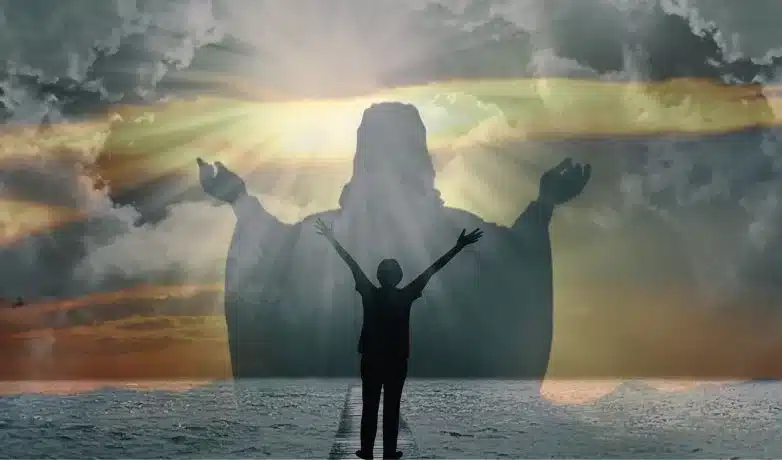2 Corinthians 6:14-18 | Colossians 2:6-10
Introduction
The focus of our study this month is Faithfulness. We have taken time to study God’s faithfulness in relation to our development of faith in God and His word. The Bible makes it clear to us to “have faith in God” – Mark 11:22. There are many other scripture verses that encourage us to build our faith in God and not in the practices that the world offers. In today’s study, we will shine more light on one of such practices – Halloween.
Origin:
- Halloween takes its root from the pagan tradition of Samhain, practiced by the ancient Celts from October 31 to November 1 in what is now Ireland, the United Kingdom, and northern France.
- For the ancient Celts, who lived nearly 2000 years ago, Samhain marked the culmination of summer and the beginning of the harvest. It was the midpoint between the fall equinox and winter solstice and was treated as the day that ushered in the cold winter and darker half of the year, in which sickness and death were more prevalent.
- Furthermore, on October 31, the Celts believed that the spirit world would become visible to humans, and the ghosts of the dead would return to earth to cause trouble, damage crops, and otherwise play tricks on the living.
- Pope Gregory I (AD 590 to 604) had advised missionaries to Ireland and England not to do away with the religious holidays of the Celts and the non-Christian people of the region, but rather, to try and appropriate or transition them from their pagan roots into a more Christian context.
- By the ninth century, Christianity had taken over Celtic lands, but rather than abolish the Celtic traditions of October 31outright, the church shifted the focus of October 31from a celebration of pagan deities, roaming spirits, and the dead to a more Christian emphasis on the soul, the supernatural, and the saints.
- All Saint’s Day on November 1, was the day that venerated saints, also known as “hallows,” were celebrated and the night before became known as the eve of all-hallows or All Hallows’ Eve. Eventually, the day was known as Halloween. November 1became known as All Saint’s Day in the Catholic church, and in AD 1000, the church made November 2 All Soul’s Day, with many of the same traditions of Samhain, including giant bonfires, parades, and costumes of saints, devils, and angels, still being practiced.
- Halloween has historical roots in pagan practices, with connections to witchcraft, spirits, and death, which conflicts with the teachings of Christ, who has already defeated death and offers life and hope.
Discussion:
- Halloween is a paganistic practice or celebration which has nothing to do with Christianity. Instead of totally abolishing this practice, Pope Gregory (AD590-604) advised missionaries to England & Ireland not to do away with the practice but rather, to try and appropriate or transition it from its pagan roots into a more Christian context. Knowing this and the current images/practices of Halloween, should believers or a church body get involved in Halloween?
- The Roman catholic strategy was to make this a day to celebrate venerated saints. What are the challenges of rebranding ungodly practices instead of totally discarding them?
- How can the Church use this day to win souls for Christ?
Prayer.


